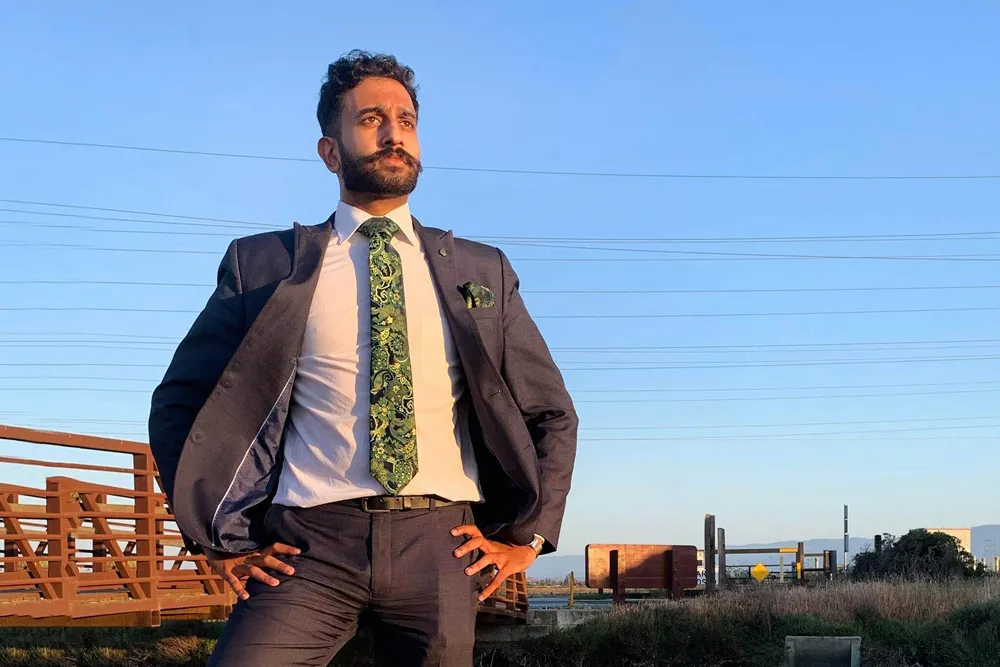David St Amant, incoming chair of ITS America, on the exciting and challenging road ahead for ITS
April 23, 2013
Read time: 5 mins

David St Amant, incoming chair of ITS America, on the exciting and challenging road ahead for ITS
Q What do you hope to achieve during your term as chairman ofA I'm very excited about my year as Chair. I have been attending ITS America Board Meetings for ten plus years and I believe that we have never been better positioned to deliver on our vision than we are today. Under the leadership of our President, Scott Belcher and his highly competent staff, ITS America has unquestionably become the ‘go to place’ for everything ITS. Some examples of that would be the good work being done today on policy issues such as Federal transportation funding, connected vehicles, distracted driving, spectrum issues, and performance measures and management - all of vital interest to our membership.
During my term I would look to build on the solid platform in place by taking the good work done in MAP21 and prepare for its reauthorisation; continue to build and improve on our ability to provide thought leadership through the newly created Leadership Circle; and to take our efforts in Market Data to the next level of detailed information to help members in decision making. Our three councils - the Policy and Business, State Chapter and Coordinating Councils - will be a focus for me as well. All three have great leadership in place delivering excellent work in helping us deliver on our mission.
Q You mentioned spectrum issues - the plan to use the 5GHz band spectrum by unlicensed national information infrastructure devices is a major challenge which ITS America is lobbying on. What is the situation now?
A The
For those unfamiliar with this issue, our concerns are expressed in an ITS America-led coalition letter to the FCC Chairman earlier this year when the proposal was announced. ITS America and its partners will be responding to the NPRM and engaging in the technical evaluation process which will follow. Companies and organizations that are interested in being part of this effort should reach out to Steve Bayless or Paul Feenstra at ITS America who are coordinating the response.
We are also continuing to educate policymakers and will be participating in a House Transportation & Infrastructure Committee Member briefing next month for Congressional officials who have questions and concerns about the FCC’s proposal. Annual Meeting attendees who would like to learn more should be sure to attend a special session this morning titled “WiFi Expansion and the Future of Connected Vehicles.” This session will explore the feasibility of spectrum sharing in the 5.9 GHz band and will include a presentation by Charles Glass of the National Telecommunications and Information Administration (NTIA) who will discuss the initial results of NTIA’s study on the potential risks associated with the FCC proposal.
Q Are you optimistic that the potential damage that sharing spectrum in the 5.9GHz band could inflict on the ITS industry will be averted?
A I’ve been encouraged with how the transportation community has come together to raise awareness about this critical issue. ITS America represents member companies and organizations spanning the transportation, technology and safety communities and is well positioned to bring the relevant parties together to find a solution. We’ve also been encouraged with the level of engagement by Members of Congress and the media who recognize the importance of connected vehicle technology in saving lives.
Q And to counterbalance – what are the positives that you see in the industry and its potential going forward?
A There are lots of exciting developments within the ITS community as well as external factors that are having an impact. From
Policy issues like distracted driving will also continue to play a prominent role. And as we look ahead, the ITS community is also well positioned to help provide financing alternatives to pay for the maintenance, management and modernization of our transportation system. We have been discussing this in depth at the Annual Meeting, including during the town hall meeting held on Monday which looked at numerous policy options for replacing or supplementing the fuel tax including increased use of tolling and road pricing, public-private partnerships, sales taxes, and mileage-based user fees. Couple this with developments like pay-as-you-drive insurance, the Big Data and social media explosions, and the nearly round-the-clock connectivity of our daily lives, and it is safe to say the ITS and broader transportation community is in for a challenging but exciting road ahead.










